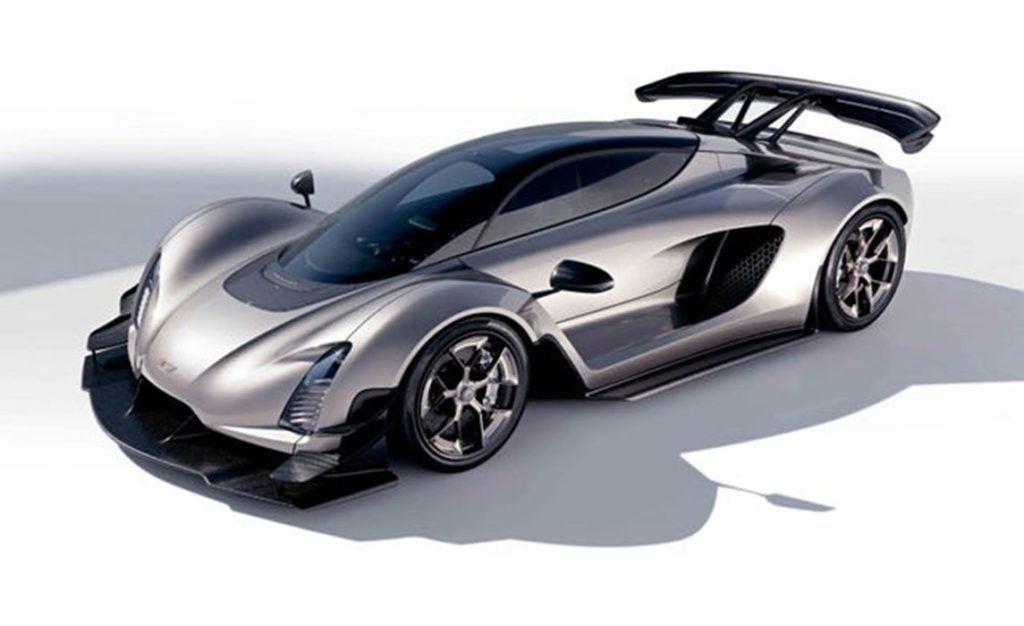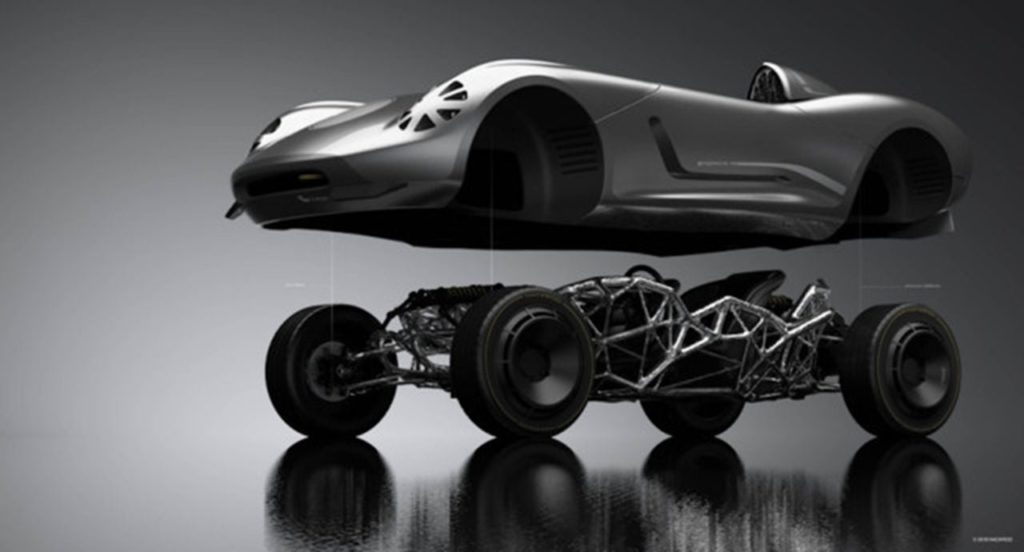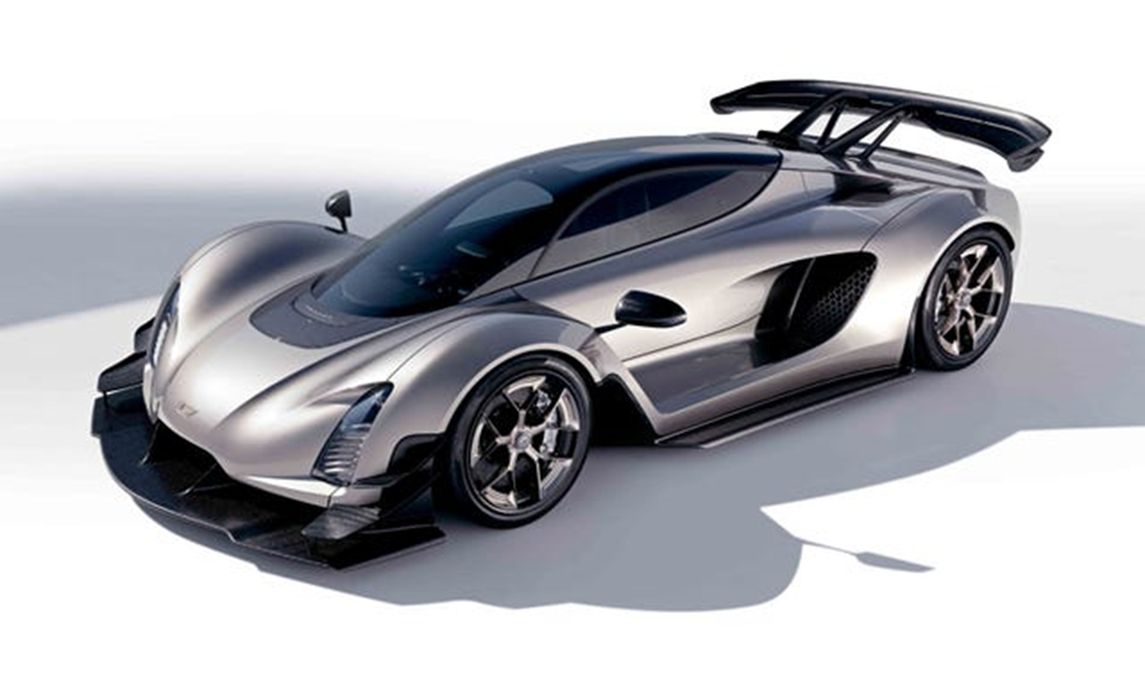
Charles R. Goulding and Preeti Sulibhavi look at recent progress in 3D printing automobiles.
Using digital tools and sophisticated 3D printing, the Czinger 21C has been getting car enthusiasts excited. Founded by Kevin Czinger, the Czinger 21C was first introduced to the world in March 2020 in London. Not exactly affordable, though, the vehicle will sell for US$2M.
The New York Times’ April 29, 2022 edition featured the supercar in one of its pieces. The Czinger is the product of Divergent Adaptive Production Systems (DAPS). DAPS are used to fabricate parts for eight automotive brands that the company plans to announce later in the year. Parts include front ends and rear frames in addition to integrated braking systems and suspension components. Divergent is gearing up to supply the entire integrated chassis with the help of carmakers.
In the New York Times article, Mr. Czinger is quoted as saying “You’re creating a new brand, so you want to show why this brand should exist.” Czinger’s son, Lucas, noted the unique nature of the technology by saying, “There’s no company that could make the rear frame of the 21C.”

Hackrod La Bandita made from 3D Printed Parts [Source: Motor Authority]
Czinger has been gaining traction. But it is not alone. Hackrod, a fledgling car startup as well, has designed developed its novel car, called La Bandita, using 3D printers. It is a VR-designed, AI-engineered, and 3D printed electric car. The customer can become involved in the design process, using Siemens PLM Software, to create customized vehicles. This level of automotive 3D printing is well beyond the initial “Urbee 3D printed car” from 2011, which had only the body 3D printed.
We have written about electric vehicles (EVs) in previous articles, including driverless EVs, like Waymo’s car. We are glad to see 3D printing aligning with this trend.
The Research & Development Tax Credit
The now permanent Research and Development (R&D) Tax Credit is available for companies developing new or improved products, processes and/or software.
3D printing can help boost a company’s R&D Tax Credits. Wages for technical employees creating, testing, and revising 3D printed prototypes can be included as a percentage of eligible time spent for the R&D Tax Credit. Similarly, when used as a method of improving a process, time spent integrating 3D printing hardware and software counts as an eligible activity. Lastly, when used for modeling and preproduction, the costs of filaments consumed during the development process may also be recovered.
Whether it is used for creating and testing prototypes or for final production, 3D printing is a great indicator that R&D Credit eligible activities are taking place. Companies implementing this technology at any point should consider taking advantage of R&D Tax Credits.
Conclusion
What would appear to be fantasy perhaps a decade ago is now reality. The technology has become more advanced where most of a car, including the chassis, can be 3D printed. 3D printing cars will definitely drive innovation.

